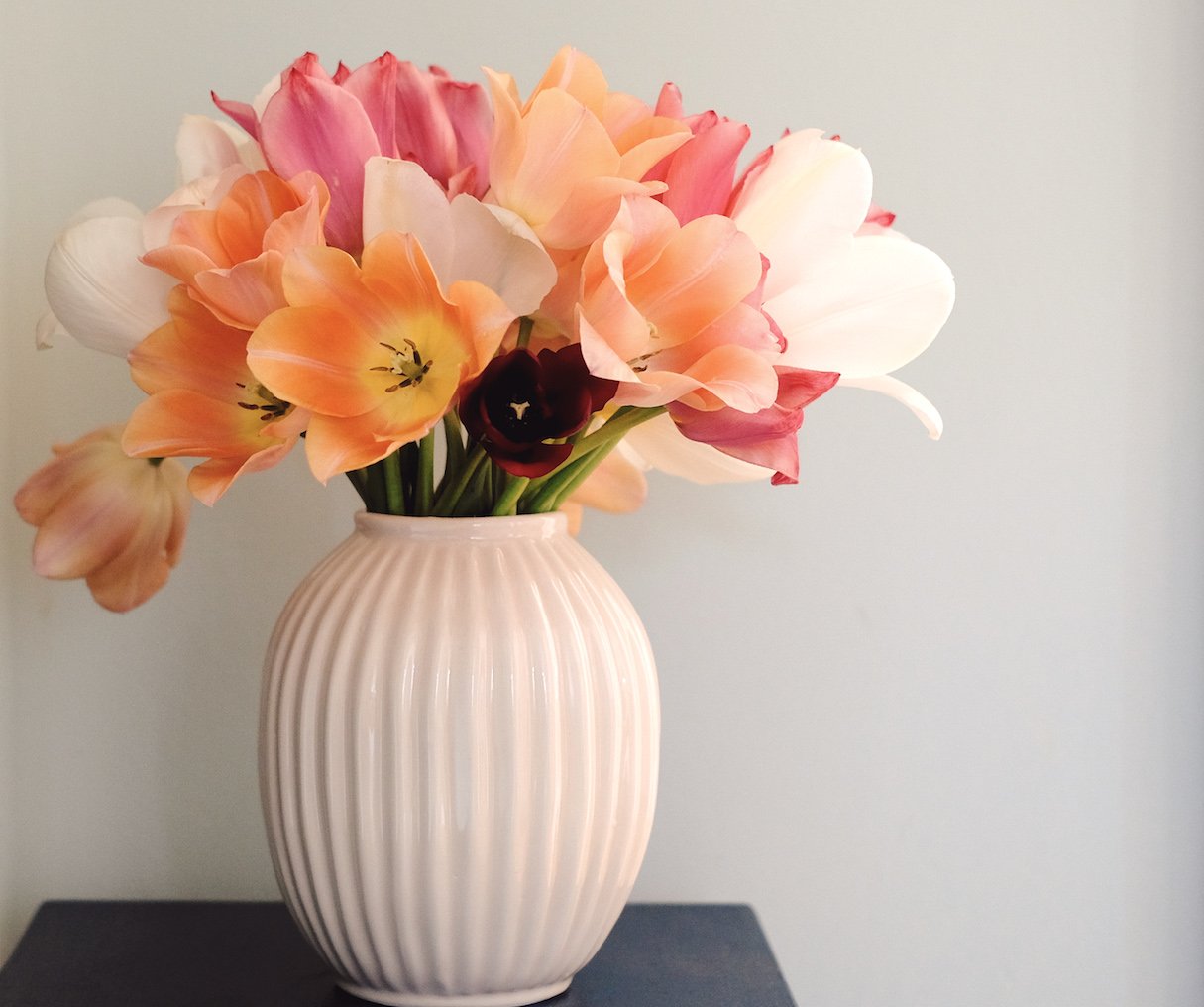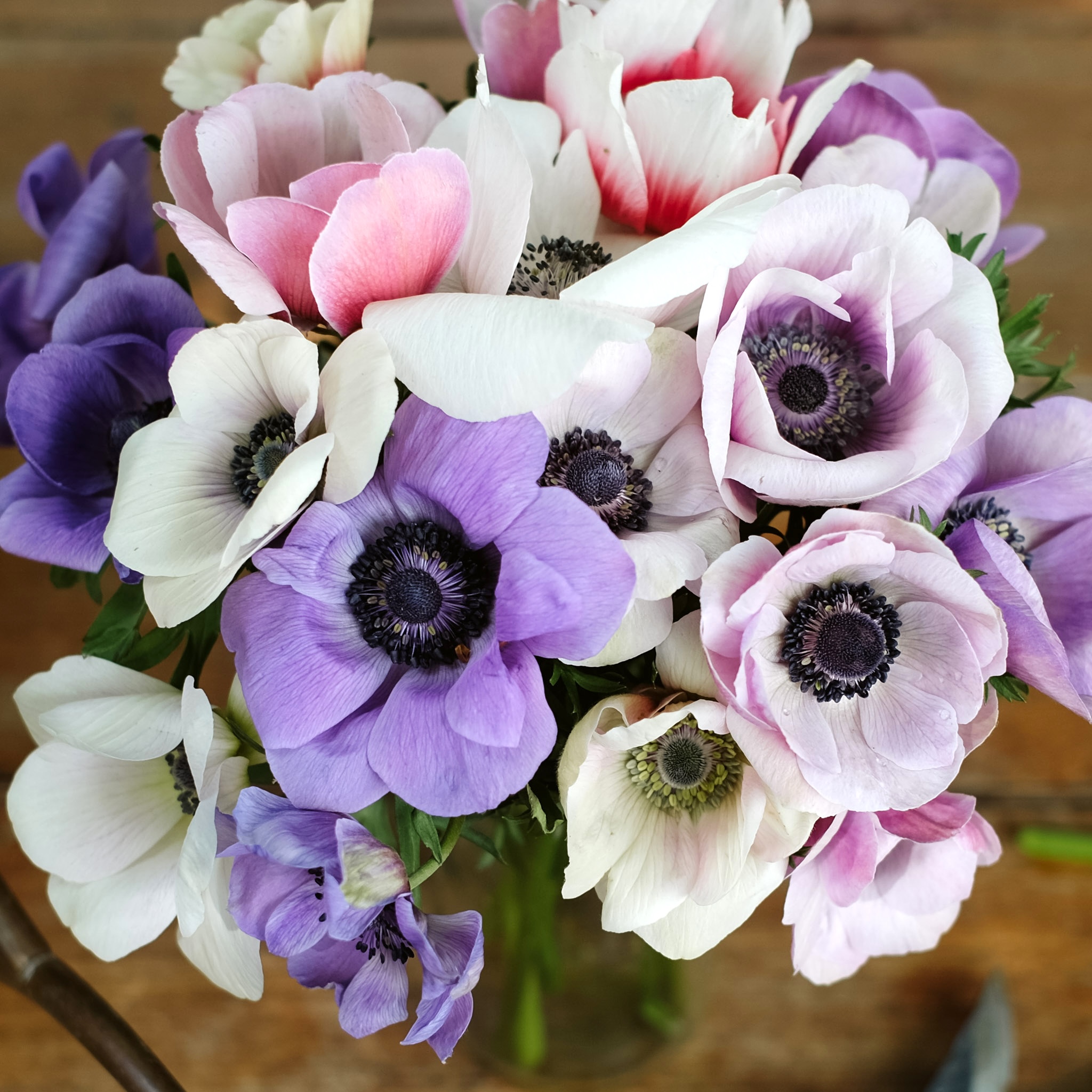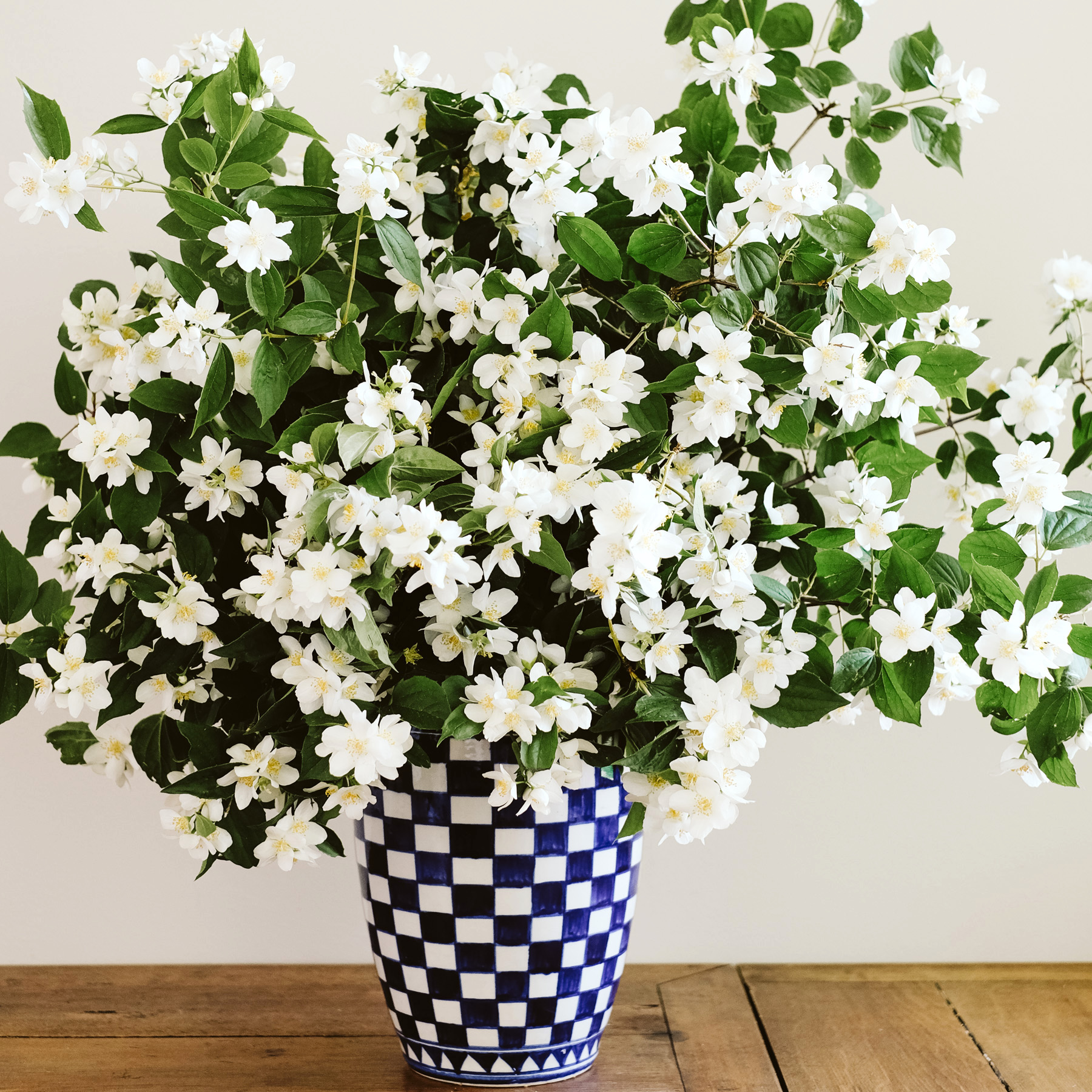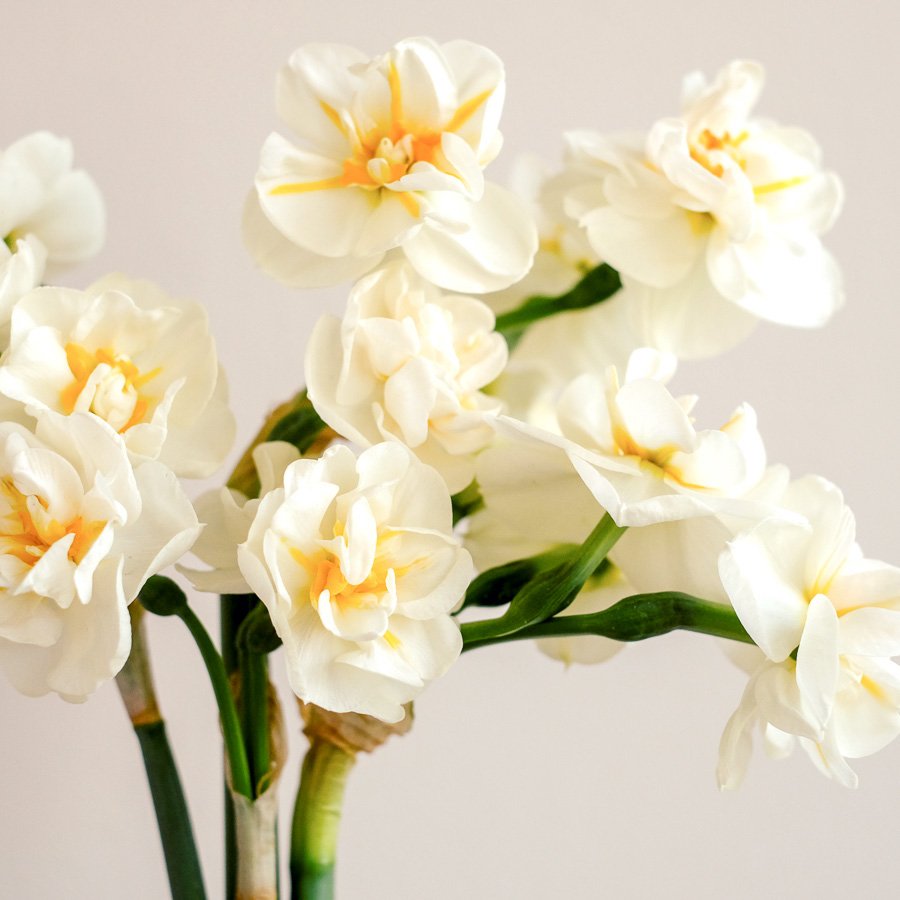Planting and caring for tulips
The best time to plant
Tulip bulbs – like all other spring-flowering bulbs – are best planted from late September to late November. It should not be late summer warm outside, nor should the ground be frozen.
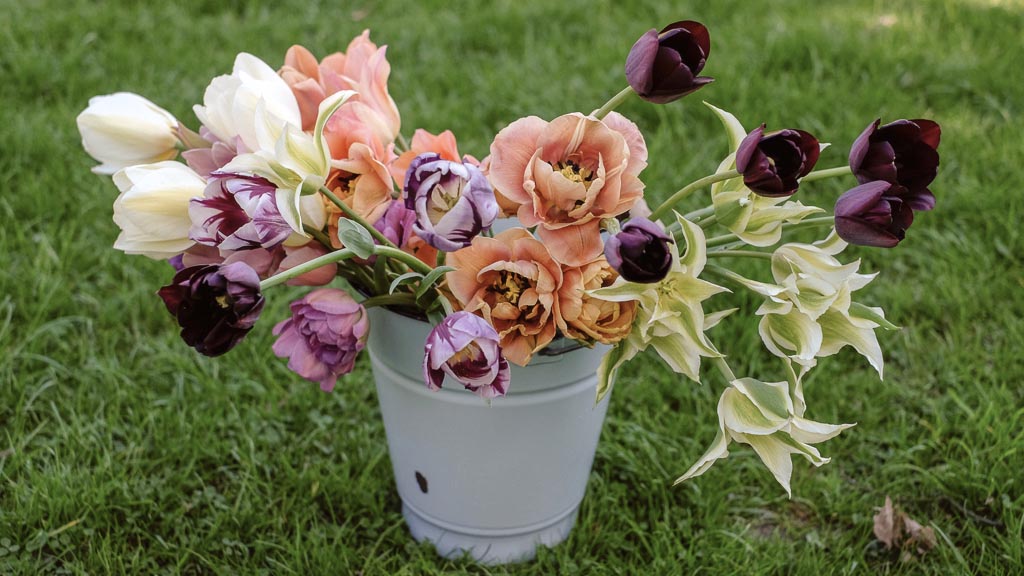
Where to plant?
There are three good places for tulips: 1. In a large enough container with room for at least 10 bulbs. 2. In the border in the second row or behind. Planted in front, the wilted leaves would be a nuisance and should not be cut off. 3. Wild scattered in a meadow. Wild tulips or perennial varieties such as Darwin’s tulips, lily-flowered or viridiflora tulips are especially suitable for this purpose.
It is important: the soil should be well-drained, as tulips do not like constant moisture. If the soil is clay, it is best to place the bulbs on a layer of sand.
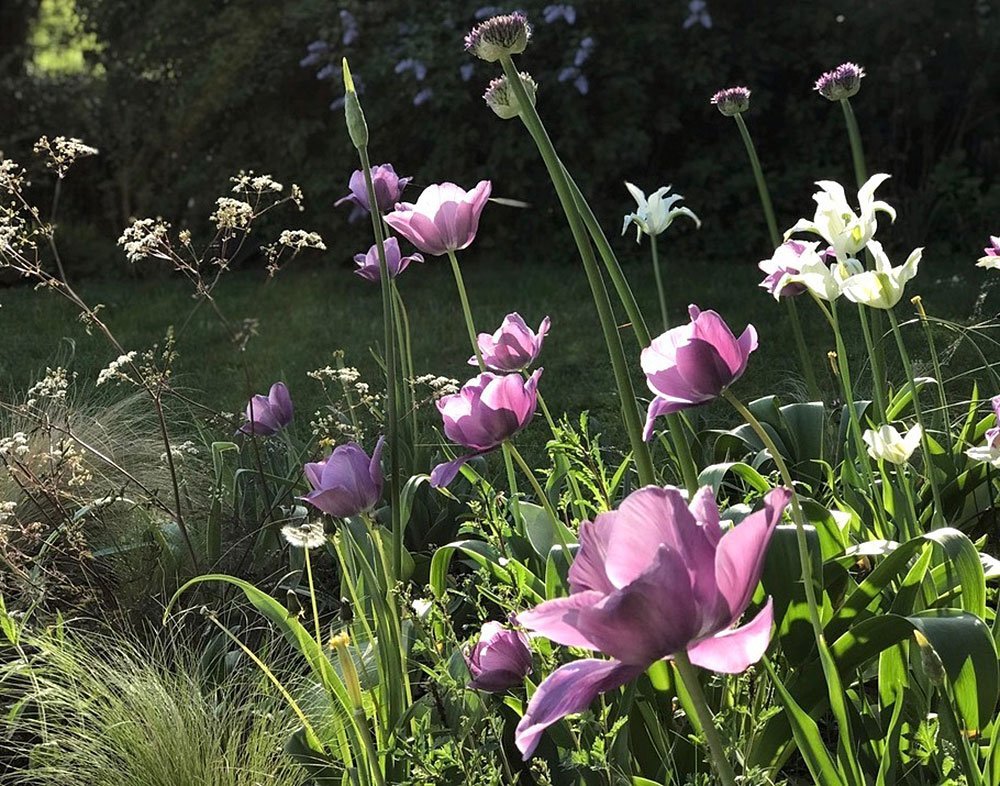
How to plant?
Tulips look best when they are scattered around the bed as if by random. That’s why better not to place them accurately in tufts please. Better: mix the varieties and throw them out of hand onto the bed with a loose sweep. Where the bulb lands it’s planted. To do this, dig a hole 2-2.5 times as deep as the bulb is long. Then insert it with the tip facing up, backfill with soil and press down lightly. A bulb planter is a worthwhile purchase for this!
Fertilizing and Pruning
As soon as the garden awakens in early spring, old leaves should be removed from the beds to allow the soil to breathe. When the first leaves of the tulip have fully formed, it is advisable to give a small amount of mineral complete fertilizer. And then it is time to enjoy. Almost no plant with such beauty is as uncomplicated as the tulip. After flowering, simply remove the flower head, but wait until the leaves are completely wilted before cutting them. That way, chances are good for a second flush next year.
